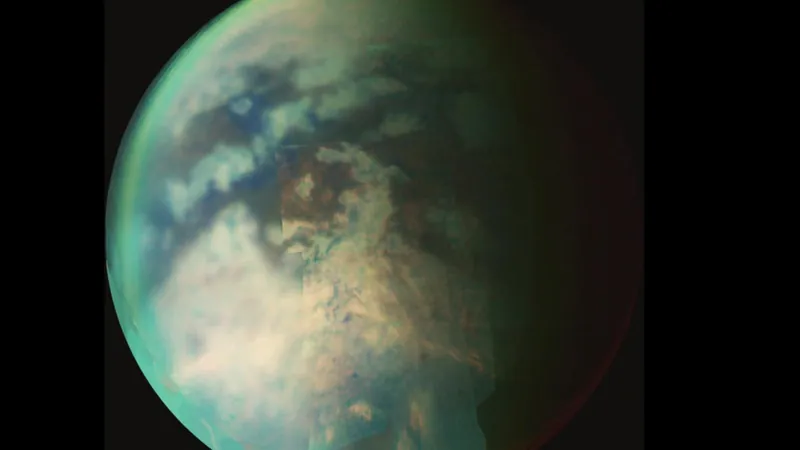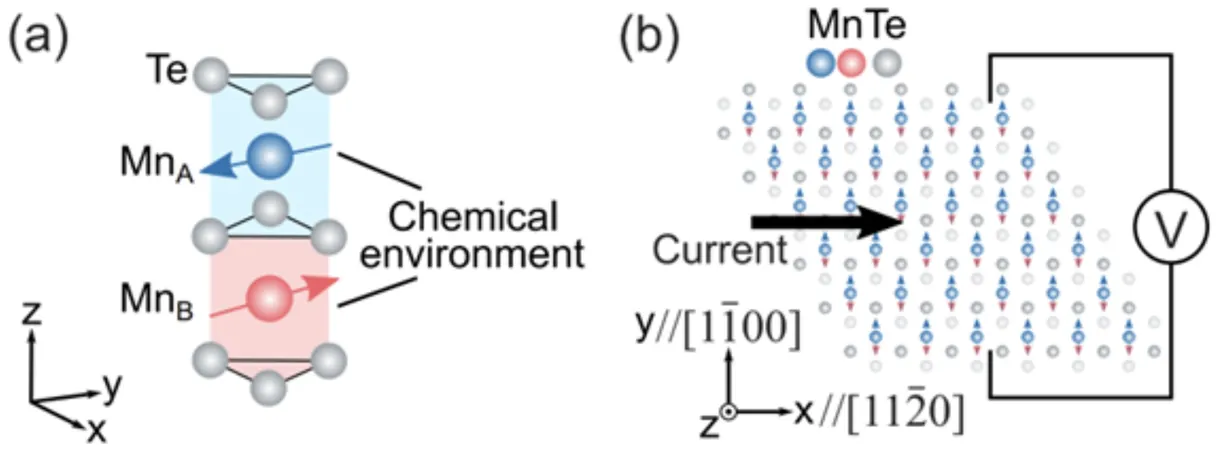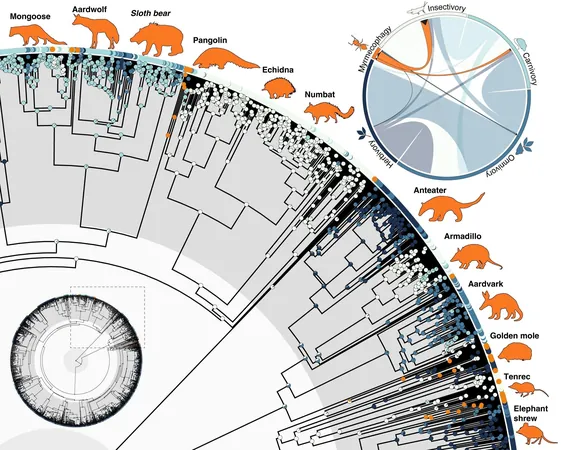
Titan's Mysterious Wobble Deepens: New Discoveries Unravel the Secrets of Saturn's Largest Moon
2025-06-10
Author: Wei
Titan's Enigmatic Atmospheric Behavior
For years, scientists have been captivated by the perplexing 'wobble' within Titan, Saturn's largest moon. Recent research is not only shedding light on this atmospheric anomaly but also introducing more enigmas for researchers to decipher.
A Tilt That Defies Expectations
Data collected during NASA's Cassini mission revealed a striking difference between Titan's atmosphere and Earth's: Titan's atmosphere does not rotate in sync with its surface. Instead, it exhibits a peculiar tilt and wobble, behaving much like a spinning top that shifts its orientation with the changing seasons.
Lead researcher Lucy Wright from the University of Bristol expressed, "The behavior of Titan's atmospheric tilt is very strange. We suspect that some past event may have disrupted the atmosphere's spin axis, resulting in this peculiar wobble."
A Lock that Baffles Researchers
Scientists initially believed that Titan’s tilt would be influenced by external forces such as Saturn's gravity or solar positioning, much like other celestial bodies. However, they discovered that the tilt remains fixed in space—a finding that defies expectations. According to co-author Nick Teanby, this unexpected stability suggests that an unknown process may be driving the tilt.
Titan: A Treasure Trove of Atmospheric Science
As the only moon in the solar system possessing a dense atmosphere, Titan is predominantly composed of nitrogen and features intricate organic molecules, making it an essential target for studying atmospheric processes and the origins of life.
From 2004 to 2017, Cassini's extensive observations revealed vital changes in Titan’s atmosphere, including a constant tilt in its middle layers and the emergence and disappearance of swirling winter polar vortices.
Paving the Way for Future Exploration
These insights are crucial for NASA's upcoming Dragonfly mission, slated for the 2030s. Given that Titan's winds are significantly faster than its surface rotation, understanding how the atmosphere shifts seasonally will allow mission engineers to plan Dragonfly’s descent and landing with greater precision.
Unlocking Cosmic Mysteries
Conor Nixon, another co-author and planetary scientist at NASA's Goddard Space Flight Center, remarked, "Our research reveals that there are still astonishing discoveries waiting to be made within the Cassini archives. This instrument, partly built in the U.K., has traveled across the Solar System and continues to yield invaluable scientific insights."
The peculiar behavior of Titan's atmosphere, akin to a spinning top that operates independently from its surface, raises intriguing questions—not only about Titan itself but also about broader principles of atmospheric physics, including those on Earth.


 Brasil (PT)
Brasil (PT)
 Canada (EN)
Canada (EN)
 Chile (ES)
Chile (ES)
 Česko (CS)
Česko (CS)
 대한민국 (KO)
대한민국 (KO)
 España (ES)
España (ES)
 France (FR)
France (FR)
 Hong Kong (EN)
Hong Kong (EN)
 Italia (IT)
Italia (IT)
 日本 (JA)
日本 (JA)
 Magyarország (HU)
Magyarország (HU)
 Norge (NO)
Norge (NO)
 Polska (PL)
Polska (PL)
 Schweiz (DE)
Schweiz (DE)
 Singapore (EN)
Singapore (EN)
 Sverige (SV)
Sverige (SV)
 Suomi (FI)
Suomi (FI)
 Türkiye (TR)
Türkiye (TR)
 الإمارات العربية المتحدة (AR)
الإمارات العربية المتحدة (AR)